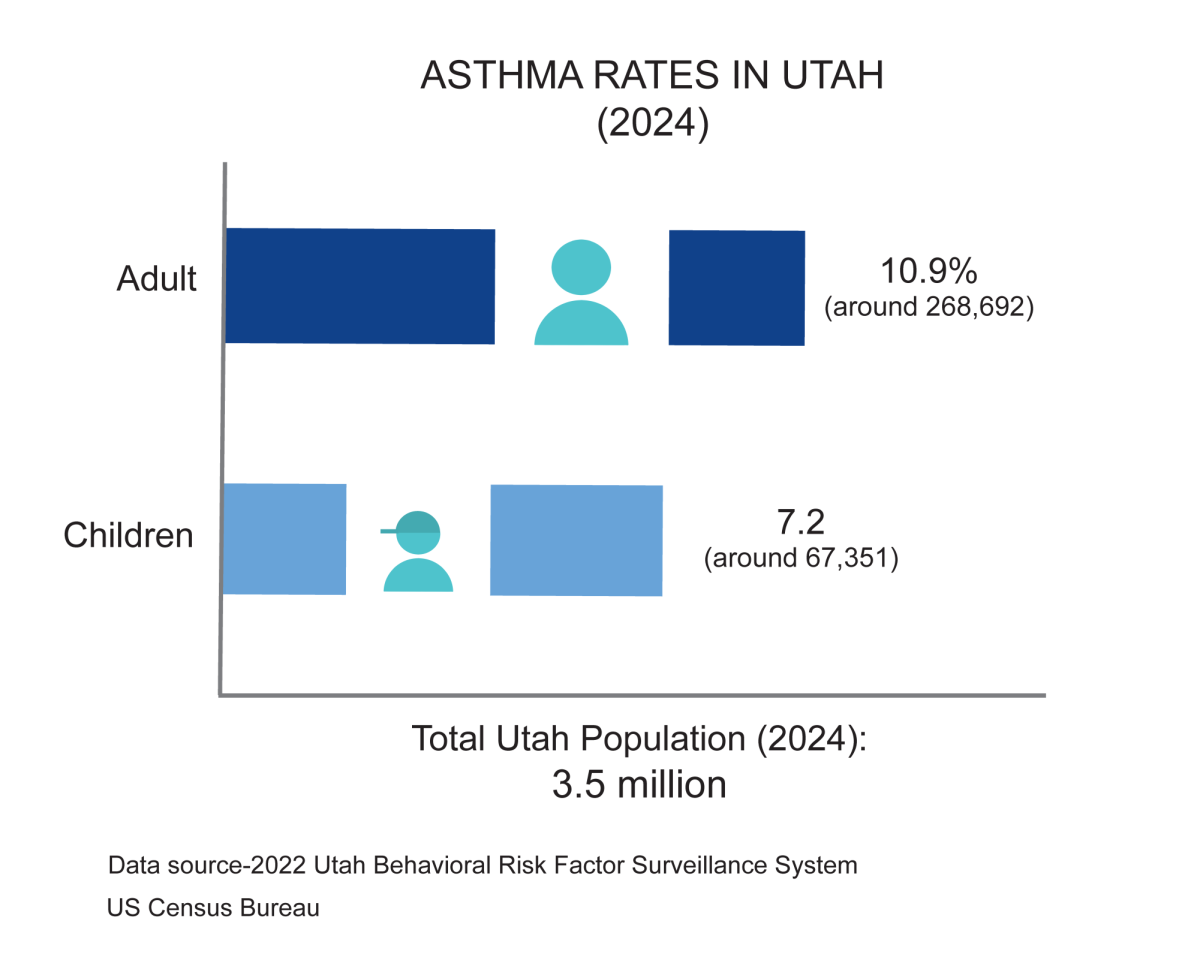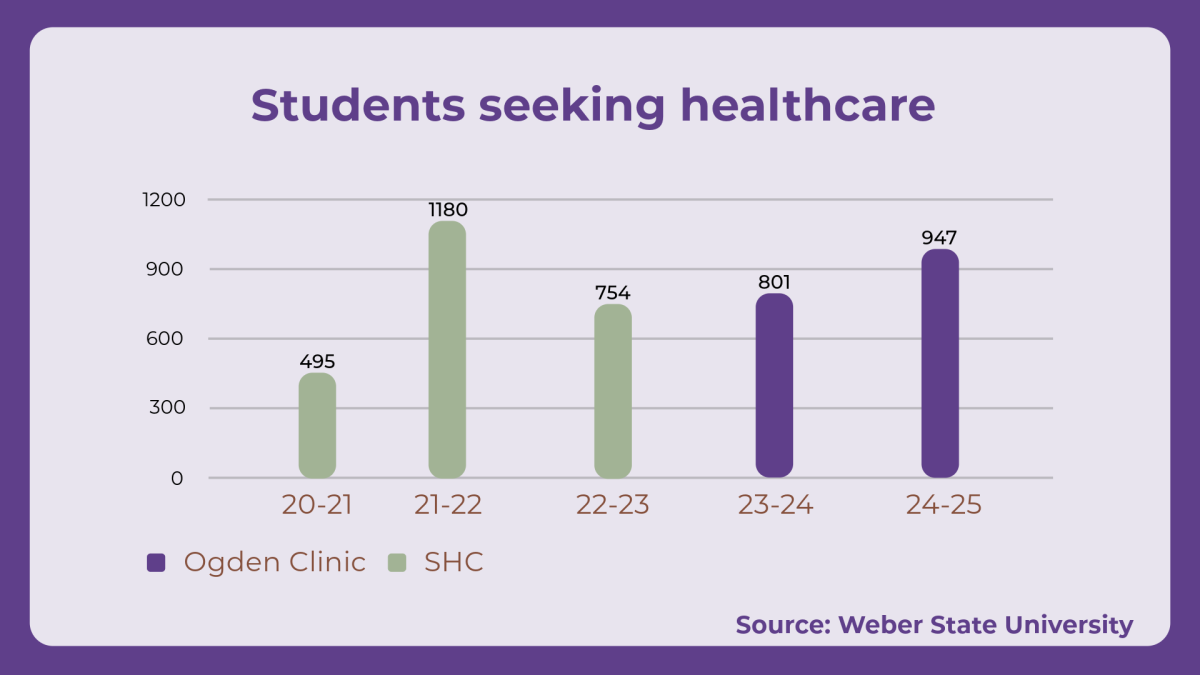
Foodborne illness is often an overlooked area of public health. In 2013, the Centers for Disease Control and Prevention (CDC) reported over 13,000 cases resulting in 16 deaths. This may seem like a small number for a nation of 319 million people, but the purpose of tracking foodborne illnesses is to figure out how to prevent them.
This fall there have been a few cases of recalled food products because of reported and suspected contamination. In September, cucumbers imported from Mexico were recalled for causing over 767 illnesses and four deaths. Cascadian Farm is recalling its frozen green beans for possible Listeria monocytogenes contamination. A few weeks ago, Whole Foods recalled Papillion Organic Roquefort cheese for the same bacterial contamination.
Knowing that you have a foodborne illness is the key to prompt reporting and documentation of cases. It’s often difficult to know if you have a foodborne illness, because they usually pass so quickly.
Usually feeling sick right after eating or within a few hours of eating is a sign of indigestion or something not sitting right in your stomach and isn’t necessarily caused by a bacteria or virus. Symptoms of an illness are similar to the stomach flu, cramping, vomiting, diarrhea, fever and chills. They may not kill you, but you’ll feel like you want to die.
“If you’re feeling sick 24 hours after eating a meal, that’s a good sign you have a foodborne illness,” said Sarah Willardson an epidemiologist at the Davis County Health Department.
There are also different incubation times for different viruses and bacteria to develop an illness. For example, L. monocytogenes takes up to 70 days for a person to start showing symptoms. It’s important to track and catch this one early, because it has a 20 percent mortality rate. The mortality rate is so high because it can cause bacteremia—bacteria in the blood, meningitis and fetal loss. It primarily affects older adults, pregnant women and those whose immune systems are compromised.

It’s often difficult to track foodborne illnesses because people don’t report them. Many don’t call the health department until after their symptoms are gone, so it’s hard to get a sample and know what caused the illness.
“Epidemiologists or nurses are looking for trends and commonalities it makes it easier if you’ve got several people all reporting similar types of things,” said Bob Ballew, the public information officer and risk communication coordinator at the Davis County Health Department.
When a trend has been identified, food samples are taken from the restaurant, cafeteria, vendor or mobile food trucks and tested.
“If something is found, it is sent to the state laboratory and they type them to find out if any of them have a biological match and that information is sent on to the CDC who keeps track of those things for all 50 states,” Willardson said. This is how most outbreaks are found.
Linda Ebert, the food and facilities bureau manager for the Davis County Health Department, oversees all of the facilities that serve food to make sure that they are adequate. When a problem is found at a facility—depending on what the problem is—different actions are required.
“If it’s an employee, we can restrict them from working,” Ebert said. “If we can’t identify an employee, we have them go through and do a very stringent cleaning of every single piece of equipment in the facility.”
The best things to do to minimize the risk of a foodborne illness are simple. Proper handwashing is probably the most important. Good food storage, proper cooking temperatures and clean work areas are also key.
Prompt reporting of cases is important too. If you think that you may have an illness, report it to https://health.utah.gov/phaccess/public/illness_report/.













